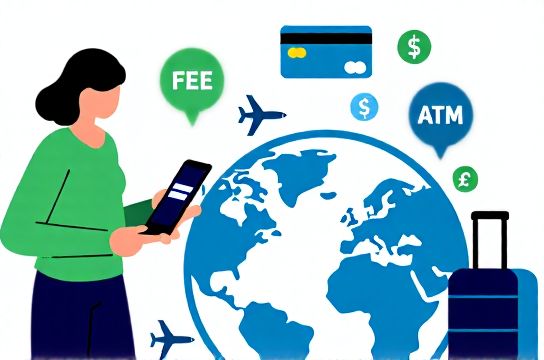and International Cards
- 时间:
- 浏览:22
- 来源:OrientDeck
So, you're heading overseas and wondering how to handle your cash like a pro? Spoiler: Your regular debit card might not cut it. Enter international cards—your financial wingman abroad. But not all cards are created equal. Let’s break down how to use them wisely, avoid sky-high fees, and keep more money in your pocket.

Why Regular Cards Fail Overseas
Swipe your local bank card in Paris or Bangkok? Boom—foreign transaction fees (usually 3% per purchase) start piling up. Withdraw cash? Add another $5 fee plus ATM operator charges. Over a two-week trip, that could cost you $100+ in unnecessary fees.
The Real MVPs: No-Fee International Cards
The best international cards eliminate both foreign transaction fees and ATM withdrawal surcharges. Some even refund other ATM fees worldwide. Here's a quick comparison:
| Card | Foreign Transaction Fee | ATM Fee Reimbursement | Annual Fee |
|---|---|---|---|
| Charles Schwab Debit Card | 0% | Yes (unlimited) | $0 |
| Revolut Standard | 0% (up to £1,000/month) | Up to £2.50/month | $0 |
| Capital One Venture X | 0% | No | $395 (with $300 travel credit) |
Pro tip: Pair the Charles Schwab card with any ATM—you’ll get reimbursed monthly for all ATM fees. It’s basically free money back.
Currency Exchange: Don’t Let Dynamic Currency Conversion Scam You
At a café in Rome, the cashier may ask: "Would you like to pay in dollars?" Sounds convenient? Hard pass. This is dynamic currency conversion—a sneaky way to charge you 5-8% extra. Always choose to be billed in the local currency (euros, yen, etc.) and let your no-fee card handle the conversion at a fair rate.
When to Use Cash vs. Card
- Use cards: Hotels, restaurants, online bookings.
- Use cash: Small vendors, markets, rural areas.
But don’t carry wads of cash. Instead, withdraw larger amounts less frequently to minimize ATM fees—even with fee-free cards, safety first.
Bonus Hack: Stack Cards for Maximum Flexibility
Smart travelers carry two cards:
- A no-foreign-fee debit card (like Schwab) for ATM access.
- A travel rewards credit card (like Chase Sapphire) for earning points on spending.
This combo gives you fee-free cash, reward miles, and a backup if one card gets blocked.
The Bottom Line
Using the right international card isn’t just about convenience—it’s about saving real money. With the average traveler losing $150+ to hidden fees, switching to a smart card strategy can fund your next meal, tour, or even a flight upgrade. So before you jet off, upgrade your wallet.